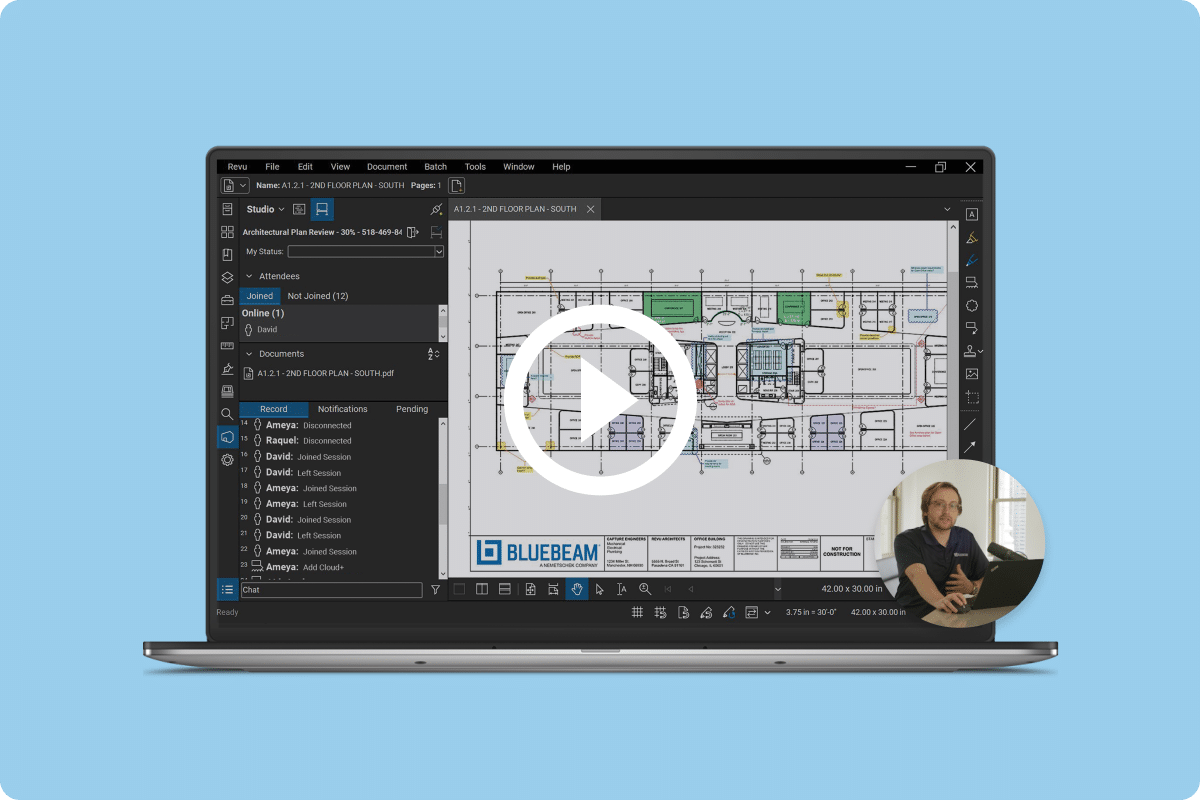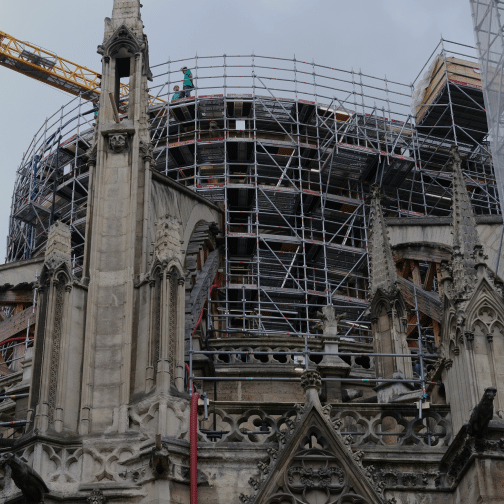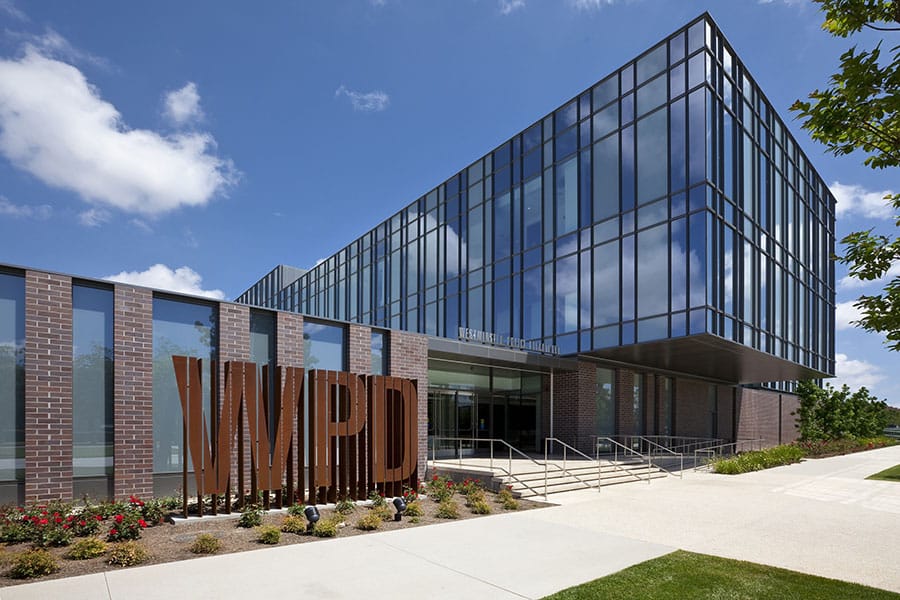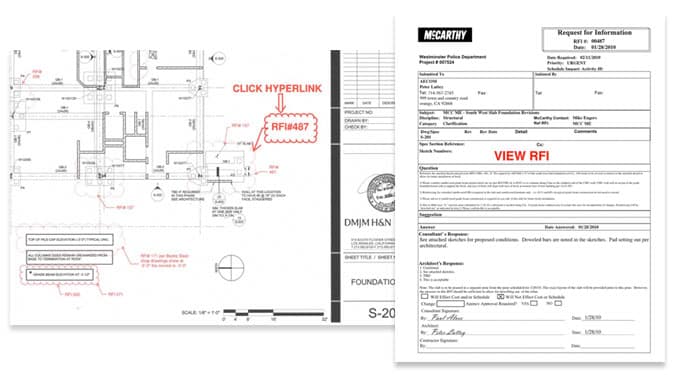McCarthy Building Companies Uses Revu to Digitally Manage Construction Documents for the Westminster Police Station Project
Background
Recently, McCarthy Building Companies oversaw construction of the Westminster Police Station in California – an 88,901 square foot, three-story facility including administration, dispatch, office and jail functions. As with any project, management of construction project documents is essential to the success of a project. The project generated thousands of documents which needed to be organized and tracked to facilitate effective communication between members of the project team. Some of the most essential construction documents included: contract documents such as drawings and specifications developed by the Architect of Record (AOR), submittal documents such as shop drawings and product data provided by the Contractor and Subcontractors, and Request for Information (RFI) documents clarifying the design of the contract documents.
Problem
Construction documents have traditionally been collected, organized and managed in hard copy paper format. This approach requires a considerable amount of physical space to store the documents due to their high quantity, as well as a significant amount of personnel time spent organizing, maintaining and transmitting these documents.
More specifically, each RFI generated needs to be “posted” to the project contract documents thus ensuring the most current information is available to the construction team building the project. Similarly, revised contract drawings issued by the project AOR need to be “slip-sheeted” into the set of all project contract drawings by replacing the old, outdated sheet with the new, updated sheet. This process can include replacing hundreds of large drawing pages, as well as transcribing handwritten RFI revisions posted on the old drawing onto the new drawing.
Contractor submittals have been managed traditionally in hard copy paper format. As many as six or even 10 copies of every submittal are required to ensure the Subcontractor (and perhaps several sub-tier subcontractors) each receive an approved copy with the AOR’s approval stamp on it. This, of course, after the submittal has changed hands many times from Subcontractor to Contractor, Contractor to Architect, Architect to Consultant, back to Contractor, and finally back to Subcontractor. Any comments or corrections to the submittal package by any of these parties are handwritten on each copy of the submittal, which can be tedious and time consuming. Revised submittal pages addressing comments also may need to be incorporated into the package, requiring handling large drawings and stapling and un-stapling multiple copies to provide a complete set.
Revu’s tools were also used to markup submittals electronically to communicate effectively between project team members, eliminating the need to handwrite comments on multiple copies of a submittal. If a markup applied to more than one sheet of a set of shop drawings, for example, the markup was created once on the first PDF sheet and pasted onto other sheets. This was useful at the Westminster Police Department project because an electronic submittal process was adopted, but was also used on other types of construction documents in PDF such as RFI attachments to clearly communicate comments.
Results
Posting RFI revisions electronically saved considerable time compared to the old paper method, which typically required searching through a series of three-ring, numerical RFI binders to find the same information. Electronic slip-sheeting saved enormous amounts of time when compared to the old method of handling many large drawing sheets and transcribing handwritten RFI markups. Manipulation of submittal documents using Revu facilitated faster processing of submittals and thus overall turnaround times which improved the project schedule.
Additionally, navigating electronic project record documents via hyperlinks saved time when searching for information, allowing greater focus on communication between project team members. This electronic set of documents was easy to replicate and share with the entire project team, resulting in increased communication, decreased avoidable field errors, and increased overall project quality.
Finally, electronic record documents with posted RFI’s were used to create an electronic as-builts turnover package to the Owner, resulting in less facility staff time searching for information needed and lower facility operations costs.






